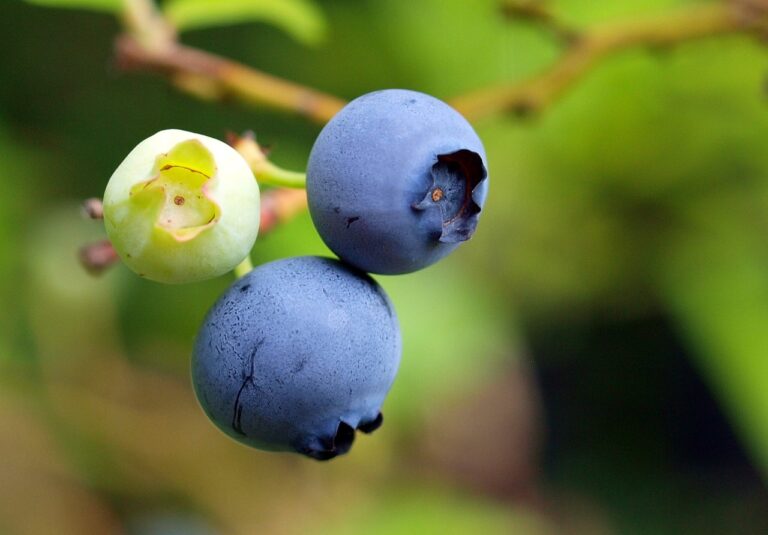Sustainable Wine Production: From Vineyard to Bottle
Sustainable practices in the vineyard are essential for maintaining the long-term health of the ecosystem. One of the key principles is to minimize the use of synthetic chemicals by integrating natural methods of pest control and soil enrichment. This approach not only reduces the environmental impact but also contributes to the overall quality of the grapes grown.
In addition to promoting biodiversity through cover cropping and hedgerows, vineyard owners are increasingly turning to organic and biodynamic farming techniques. These methods prioritize the health of the soil, using compost and natural fertilizers to enhance its structure and fertility. By taking a holistic approach to vineyard management, growers can create a thriving ecosystem that supports the health of the vines and the surrounding environment.
Choosing the Right Grape Varieties for Sustainability
Sustainability is a key consideration when selecting grape varieties for vineyard cultivation. Choosing grape varieties that are well-suited to the specific climate and soil conditions of a particular region can help reduce the need for excessive irrigation, fertilizers, and pesticides. By opting for grape varieties that thrive in their natural environment, vineyards can promote biodiversity, enhance soil health, and reduce the overall environmental impact of wine production.
In addition to environmental considerations, selecting grape varieties that are resistant to common diseases and pests can help minimize the need for chemical interventions. By prioritizing disease-resistant varieties, vineyards can reduce the reliance on synthetic fungicides and pesticides, which can have negative impacts on both the environment and human health. Ultimately, choosing grape varieties for sustainability is not only beneficial for the vineyard ecosystem but also contributes to the production of high-quality wines that reflect the unique terroir of the region.
Grape varieties should be well-suited to the specific climate and soil conditions of the region
Opting for grape varieties that thrive in their natural environment can promote biodiversity and enhance soil health
Selecting disease-resistant grape varieties can help minimize the need for chemical interventions
Prioritizing sustainability in grape variety selection benefits both the vineyard ecosystem and wine quality
Water Conservation in Wine Production
Water scarcity is a growing concern in the wine industry, prompting vineyard managers to implement water conservation strategies. One effective method is the use of drip irrigation systems that deliver water directly to the base of the vines, reducing evaporation and runoff. Additionally, monitoring soil moisture levels enables growers to provide water only when needed, avoiding unnecessary wastage.
In regions where water resources are limited, some wineries are exploring innovative solutions such as rainwater harvesting and recycling of winery wastewater for irrigation purposes. These practices not only help conserve water but also reduce the environmental impact of winemaking. By prioritizing water conservation in wine production, vineyards can mitigate the effects of climate change and contribute to a more sustainable future for the industry.
What are some sustainable practices that can be implemented in the vineyard to conserve water?
Some sustainable practices include implementing drip irrigation systems, using cover crops to retain moisture in the soil, practicing dry farming techniques, and mulching to reduce evaporation.
How can choosing the right grape varieties contribute to water conservation in wine production?
Certain grape varieties are more drought-resistant and require less water to thrive, making them a more sustainable choice for water conservation in wine production.
What specific techniques can be used to conserve water during the wine production process?
Techniques such as recycling water used in production, implementing water-saving technologies in the winery, and using steam cleaning methods can all help conserve water during the wine production process.







